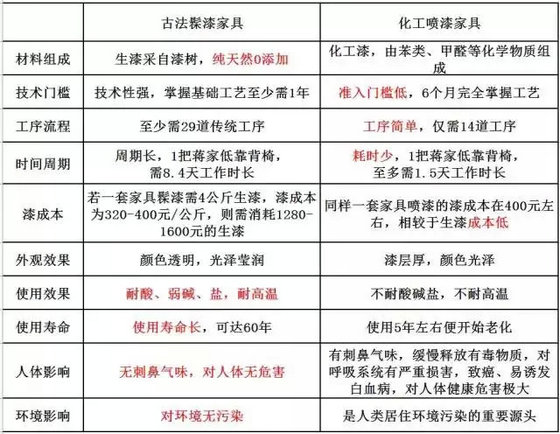Paint: the soul of traditional Chinese furniture
Mr. Zhang Beihai said: "The more high-rise buildings, the more important the human soul becomes. If people have no spirit, then the soul will be gone, then such a place cannot be called a city." Furniture is also like this. If a piece of furniture has a soul, its value must be reflected. The soul of traditional Chinese furniture, the lacquering technique, has made it worthy and different from the date of its birth. Lacquer ware has a history of seven or eight thousand years in China. According to archaeological discoveries, lacquer ware has appeared in China in the ancient tombs of the Neolithic Age. There are also many records about the original lacquer in the ancient literature. "Han Feizi? Ten Passes" said that when he used wood as a food device, he had "cutting the saw and repairing the traces and painting the ink on it"; in the era of Daxie, the lacquer ware was used as a ritual device. Inside, this shows that China has used lacquer ware as early as the legendary era. It is known that the earliest lacquer ware was the wooden tire lacquer bowl found in the Hemudu ruins six or seven thousand years ago in Zhejiang Province in 1978. The development and achievements of the Chinese lacquer craft for thousands of years have had an impact on the lacquerware process all over the world, first in East Asia, Southeast Asia, and then in Western Europe and North America. It can be said that all countries in the world that manufacture lacquerware or use other materials to imitate lacquer wares are all more or less affected by Chinese lacquerware. Traditional Chinese lacquer crafts have made significant contributions to human civilization. There are only a handful of works on completion and lacquerware in Chinese history, and most of them are lost. The only surviving ancient painter's monograph is the "Yu Shi Lu" written by Huang Cheng in the Ming Dynasty. In the "Yu Shi Lu", there are many kinds of enamel paint techniques. Among them, painted enamel enamel enamel is an important category of traditional lacquer ware, which has a history of thousands of years. The lacquer ware is inseparable from the natural lacquer, and it is also inseparable from the lacquer ware craftsman. Beijing used to be an important lacquer ware production area, the “painting bureau†of the Yuan Dynasty, the “orchard factory†of the Ming Dynasty, and the “painting of the palace office of the Qing Dynastyâ€. "They are all royal workshops that specialize in making lacquerware. These royal lacquer ware workshops, which concentrated on the best lacquer wares at that time, produced a large number of lacquer furniture, ranging from dragon chairs to dragon couches to small boxes, all with the shadow of gold lacquer ware. Filling and lacquering sheet metal are two different paint practices. Filling the paint is to fill the paint. The practice is to first engrave the pattern on the paint floor, then fill the pattern with the paint, dry it and grind it to make the pattern flush with the paint surface. The sheet metal is painted with a knife or a cone on the lacquered floor, and then the gold glue is applied to the yin line, and the gold foil or gold powder or silver powder is attached. The lacquering sheet metal is a lacquering method that combines the two processes of lacquering and sheet metal, that is, first filling the lacquer, and then carving the texture of the yin line and the pattern along the pattern outline. Apply gold glue to the Yinxian, stick gold foil or silver foil, so that the paint pattern has a gold or silver border and texture, that is, “sheet metal stencilâ€. Regarding the process of filling paint and sheet metal, it is recorded in the "Yu Shi Lu": "filling the paint, that is, filling the paint also"; "gun gold, gun or gong, or creation, a sheet metal, silver, Zhudi The black matter can be decorated... The object is like a fine hook, and it is a wonderful skill to brush it." This is a time-consuming skill, even in the royal family, and it is also a technique of enamel painting with other techniques. There is a big difference. It is also because of the difficulty of this technique and the precious materials, so when combined with the furniture production, the value of the furniture is immediately improved a lot. Classification of lacquerware by 髹 录 录: 1. The color door is a variety of lacquer wares. 2. The door is a variety of lacquers with uneven lines on the surface. 3. The cover door is a variety of lacquer wares that are covered with clear paint on various paint floors. 4. Paint the door to paint lacquer with paint or oil. 5. Fill the door to fill the paint, embroidered snails, embedded gold and silver and other lacquerware. 6. Yang Yimen is a variety of lacquer wares that use paint to pile up patterns. 7. When the door is piled up, the ash is piled up with patterns, and various lacquers are painted and painted. 8. Carving the door is a variety of lacquer, including red, rhinoceros and other fake lacquer, carved snails and other lacquerware. 9. The door is engraved with a pattern of lacquers filled with gold or silver or colored. 10. The door is a variety of lacquers that combine two or more patterns. 11. A lacquered door is a lacquer ware that combines a lacquered ground with one or more jewels. 12. A grain door is a lacquer ware that combines some of the practices in the door with a method in the door. Finally, the wrapper door and the single-door door are two lacquer wares that use the simple method to make the fetal bone. 1. Sandpaper: used for sanding. Divided into 120, 240, 400, 600, 1000, 3000, 5000 mesh, the larger the mesh, the finer the sandpaper. It is necessary to use a rubber block, a wood mold, a line knife and a pad to polish different parts. 2. Rubber block: used to grind the plane. 3. Wood mold: used to grind the ocean line. According to the outer line of the furniture, the molds of different sizes and curvatures are made. 4. Wire foot knife: used to grind the foot. 5. Pad: For grinding and heel. Only use old bamboo that has been tough for more than 5 years, only use the side skin, and the head is cut into 30° sharp corners for easy fitting with the heel. 6. Horsetail Brush: Used to clean the dust. 7. Raw lacquer, gypsum powder, water: Adjust the raw lacquer, gypsum powder and water according to the ratio of 4:5:1. Use a horn knife to layer the putty on the surface of the furniture and immediately remove it. 8. Topcoat: used for finishing paint. 9. Horn knife: used for batch finish. The horn knife is harder than wood and has toughness. 10. Bristle brush: used for rubbing paint. 11. Cotton, silk: used to wipe clean paint. 12. Brown brush: used to polish details. Use a sandpaper, rubber block, wood mold, line knife and pad to smooth the rough surface. When grinding, the beating will be worn away, retaining the advantages of carving, such as quick opening and flanging. In the absence of sandpaper, the masters made 6 pieces of hibiscus into a piece of paper, which was used to grind the foot and the plane was polished with a knife. Smooth the rough surface with water, sandpaper, rubber blocks, wood molds, line cutters and pad bars. Because the acidity of the acid is large, it is easy to stick sandpaper, and the wet surface can polish the furniture more smoothly. The raw lacquer, gypsum powder and water are prepared in a ratio of 4:5:1, and a layer of horn knife is used to coat the surface of the furniture, and immediately cleaned, and then placed in a shaded room to be naturally shaded. Use a bristle brush to apply paint on the surface of the furniture, and immediately wipe it off with a silk brush. Use a pad and old cotton to clean it with your feet. Because the lacquer is sticky, even after wiping the paint directly, there is still a thin film covering it. Related reading: I have to know the mahogany lacquer After the third process of rubbing paint, batch finish paint, and bleaching paint, the light is facing at this time, and the surface of the furniture is reflective, which is convenient for checking whether the surface is uneven, whether the line is smooth, and whether the foot is clean. The master craftsman uses different sizes of scrapers to trim the surface, making the surface smooth, smooth, and clean. The dressing is returned to the second process. The principle of ancient lacquer 120 mesh dry grinding, 240 mesh dry grinding, batch finish, shading 240 mesh water mill, 240 mesh (old) dry mill, batch finish, shade dry (shadow dry, oxygen and water required, constant temperature and humidity conditions required: temperature 10-25 ° C, humidity 65-80%. A low back It takes 4-6 hours for the chair to dry until the surface is dry, and it takes 18-24 hours for the shade to dry in the winter. 240 mesh (old) water mill, 240 mesh (old) dry mill, 400 mesh dry mill, upper color (due to the different shades of the Dalbergia itself, in order to coordinate the overall color of the furniture, it is necessary to turn the depth too deep, will pass Shallow depth adjustment. For example, blackened ferrous sulfate, brownish weak acid brown, direct dark brown, sapwood yellow acid orange, reddish acid red B, etc., more than ten kinds of colors are adjustable. Previously, needed When grading, the masters will make ferrous sulfate, trees, gallnuts, and old linguistic shells into the water of the trees.), rub the lacquer (to be cleaned, put it in 2-3 days under 80% humidity). , shade dry, batch of topcoat (to be clean, do not leave traces of the scraper.), shade, paint, shade. If you find cockroaches, you need to re-scratch and return to the second process. 400 mesh grinding feet, 600 mesh dry grinding, rubbing 2 times of lacquer, shading. If you find cockroaches, you need to re-scratch and return to the second process. 600 mesh (old) dry mill (in the absence of sandpaper, the masters called this process a slippery leaf, the leaves came from the sand tree, and the sun was dried at the end of the summer. It took 12 hours in advance to soak in cold water and remove it. After drying, dry for 12 hours, then sand. Slip the leaves to the surface, clean, slightly transparent, foggy, and clean. The effect of polishing is better than 600 mesh old sandpaper.), rub 3 times of paint, complementary color, Shade. The ancient lacquer craft that has been passed down for thousands of years is also the wisdom that embodies the ancients. There is no value that exists because of the development of science and technology. 1 red font is the same item, 髹 paint and lacquer furniture are the winners; 2 The above data is provided by experienced masters of enamel paint and spray paint. This form cannot be used for graduation thesis, academic journals, etc. If there are any deficiencies, please correct me. The advantage of the ancient lacquer furniture is the use of pure natural lacquer, transparent color, lustrous, acid, alkali, salt, high temperature resistance, long service life of about 60 years, no pungent odor, no harm to the human body, the environment No pollution; The disadvantage of the ancient French lacquer furniture is that the entry threshold is high, the technology is mastered for a long time, the process is complicated, the production cycle is long, and the cost of the paint is high. Like most traditional crafts, it is in a situation where no one is in succession. The advantages of chemical spray furniture are low technical requirements, simple process, low time consumption, low cost and bright color; The disadvantage of chemical spray furniture is the use of chemical paint composed of benzene and formaldehyde. It is not resistant to acid and alkali salts and is not resistant to high temperature. It will start to age after about 5 years, has a pungent odor, slowly releases toxic substances, and has serious damage to the respiratory system. It is carcinogenic, easy to induce leukemia, etc. It is a great hazard to human health and an important source of human living environment pollution. Different furniture has different enamel paint processes. For the precious hardwood furniture such as huanghuali, red sandalwood and mahogany furniture, the traditional enamel paint technique is the “lacquer lacquer†process, which is first polished to reflect the natural texture of the wood, and then applied to the surface of the utensil with natural lacquer (raw lacquer). When the paint is dry and dry, use a cloth to remove the surface paint film. In this way, it is repeated many times until the surface is bright, which is “clear waterâ€. For imitation furniture, the “mixed water†process is often used, that is, the colored paint film is used to cover the surface of the furniture, and the natural texture of the wood is not visible. (Source: Cultural Wealth Weekly, Luban Muyi Redwood Furniture, Gingertang Classical Cantonese Furniture, Sea Jiangjia) In this part we will shows barbeque mop for serious grillers of baste turkey, brisket, ribs or roasts with ease. Soft, absorbent mop brush is designed to grab an ample supply of sauce, glaze, basting liquid or butter with each dip; spreads out widely, providing ideal coverage. The bbq grill oil brush with bristles made of boar hair for resistance to temperatures up to 500 degrees F and are water resistant, very durable and highly capable of retaining the fluid in them. Oil Brush,Bbq Brush Set,Basting Oil Brush,Silicon Oil Brush Set MEO DEMO CO., LTD. , https://www.meokitchentools.com Long paint history
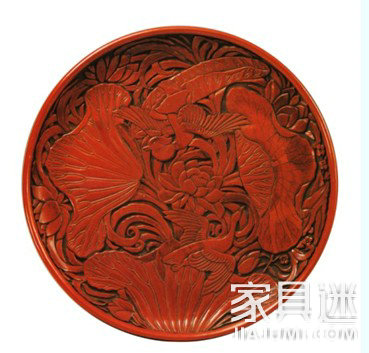
Ancient craft enamel paint from the royal family
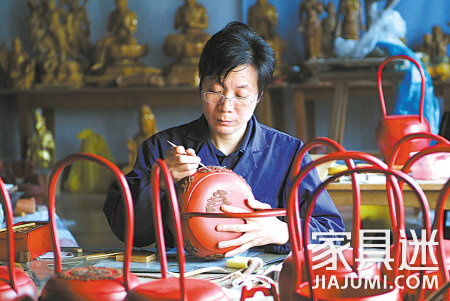
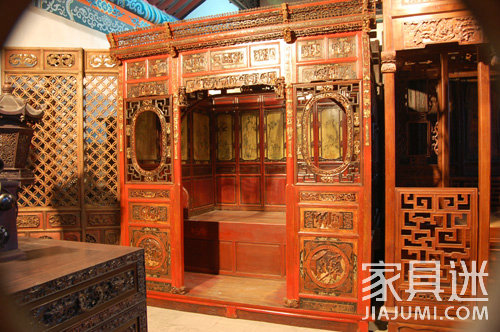
Exquisite craftsmanship
Tools and methods for the lacquer process
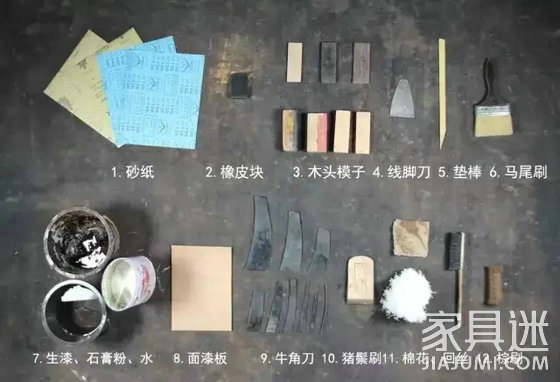
Common paint method
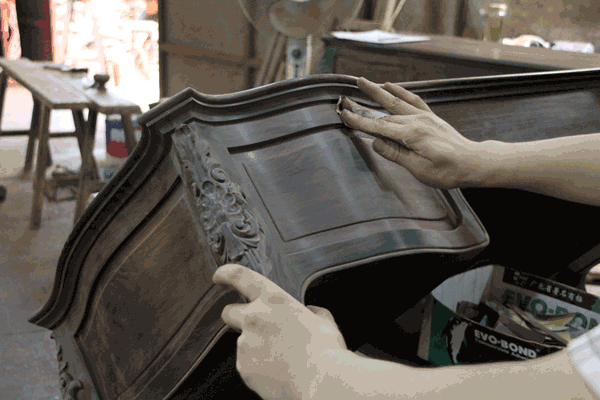
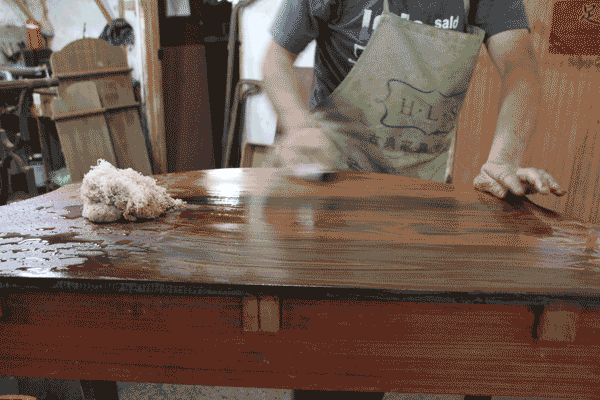
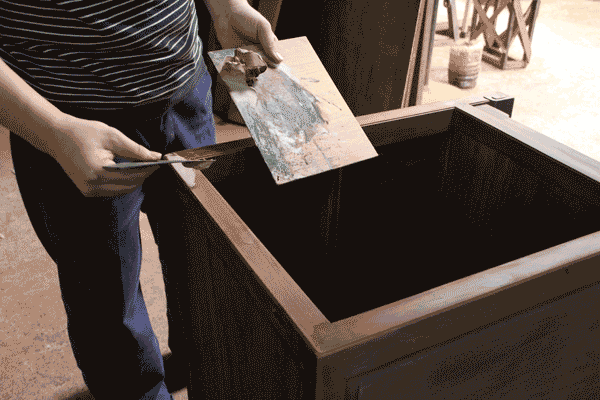
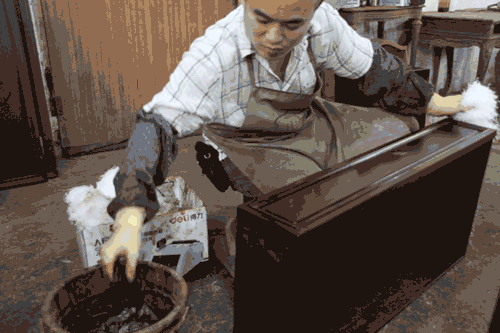
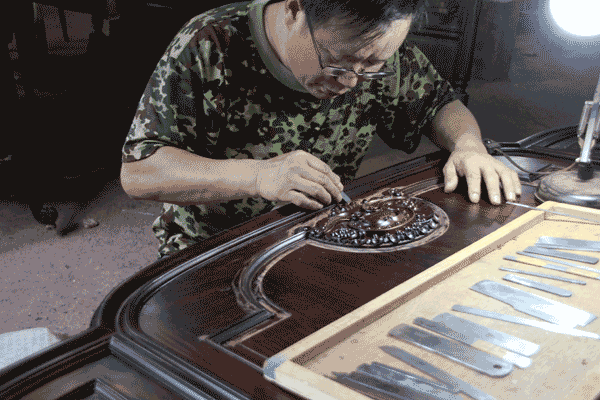
Ancient law paint process:
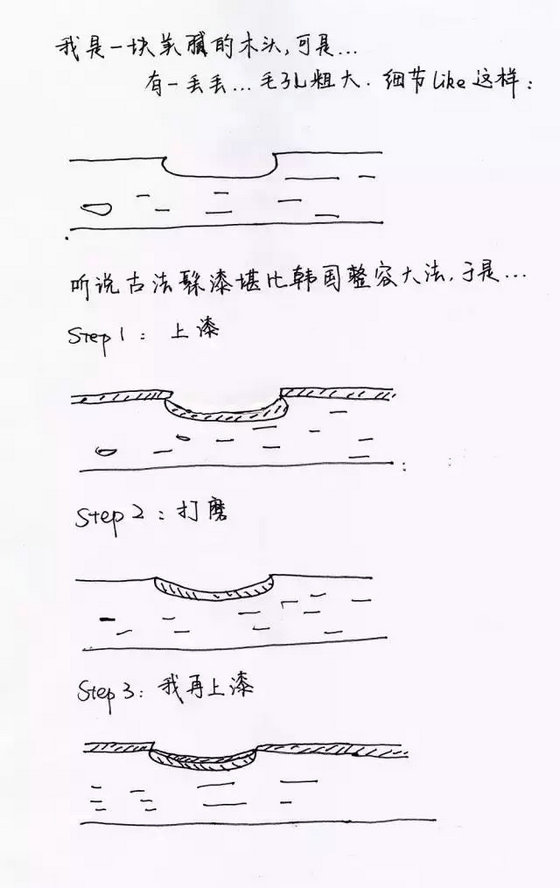
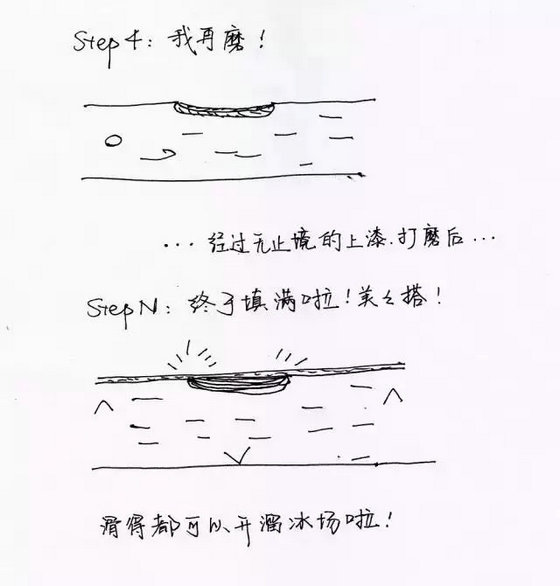
Ancient French lacquer furniture VS chemical spray furniture
